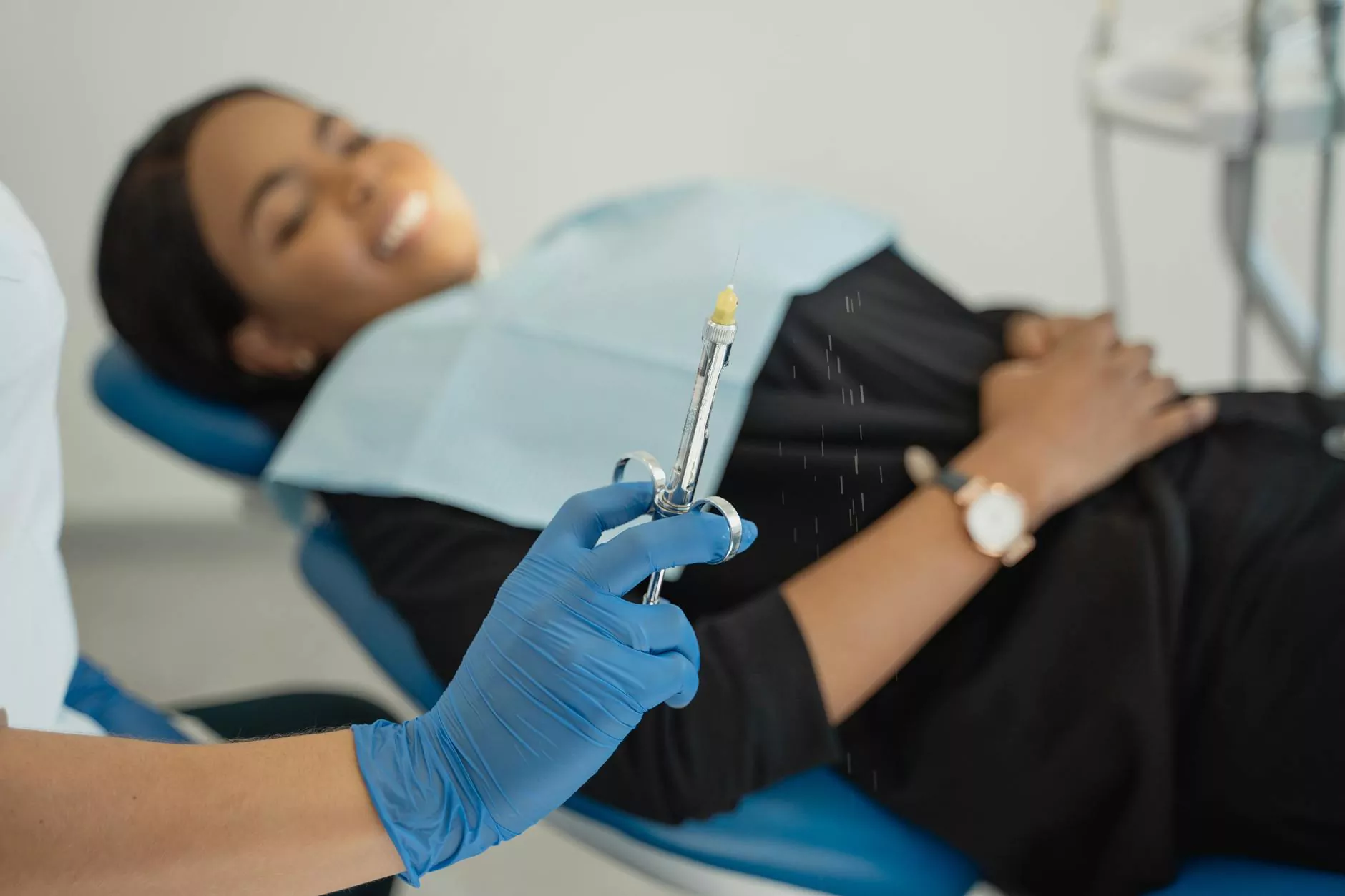Sleeve Gastrectomy Surgery: A Comprehensive Guide

The field of weight loss surgery has evolved significantly over the years, offering various options for individuals struggling with obesity. One of the most effective and popular procedures today is sleeve gastrectomy surgery. In this extensive article, we will delve deep into what sleeve gastrectomy is, its benefits, the surgical process, and the aftercare required for a successful recovery.
Understanding Sleeve Gastrectomy Surgery
Sleeve gastrectomy surgery, also known as gastric sleeve surgery, is a minimally invasive procedure aimed at reducing the size of the stomach. This surgical intervention helps individuals achieve significant weight loss by decreasing the amount of food they can consume and altering the hormones that regulate hunger.
How Does Sleeve Gastrectomy Work?
During the procedure, approximately 80% of the stomach is removed, leaving a narrow "sleeve" that resembles a banana or tube. This smaller stomach size limits food intake and promotes a feeling of fullness after consuming smaller meals. Moreover, the surgery affects gut hormones that play a role in hunger and metabolism, leading to decreased appetite and increased satiety.
The Benefits of Sleeve Gastrectomy Surgery
Individuals considering sleeve gastrectomy surgery often seek information about its benefits. Some of the most notable advantages include:
- Significant Weight Loss: Many patients experience a weight reduction of 50-70% of their excess weight within the first year post-surgery.
- Improved Health Conditions: Weight loss can lead to improvements in obesity-related conditions such as type 2 diabetes, high blood pressure, and sleep apnea.
- Minimal Hospital Stay: As a minimally invasive procedure, patients often have shorter hospital stays compared to traditional weight loss surgeries.
- Better Quality of Life: Patients frequently report improved physical functioning, self-esteem, and overall quality of life following surgery.
- Reduced Risk of Surgery Complications: Sleeve gastrectomy carries a lower risk of complications compared to more invasive procedures like gastric bypass.
Preparing for Sleeve Gastrectomy Surgery
Preparation for sleeve gastrectomy surgery involves several steps to ensure the patient's safety and success of the procedure. Here are crucial steps to follow:
Consultation with a Specialist
It is vital to consult with a board-certified surgeon who specializes in weight loss surgeries. During this consultation, the surgeon will discuss the patient's medical history, weight loss goals, and potential risks.
Preoperative Assessments
Patients will undergo various preoperative assessments, including blood tests, nutritional evaluations, and psychological assessments to ensure they are mentally and physically prepared for surgery.
Dietary Changes
Prior to surgery, patients may need to follow a medically supervised diet to shrink the liver and prepare the body for the procedure. This typically involves consuming a restricted-calorie diet high in protein while avoiding high-carb foods.
The Sleeve Gastrectomy Surgical Procedure
The surgical process for sleeve gastrectomy surgery is typically performed laparoscopically, which uses small incisions and specialized instruments. Here’s a step-by-step overview of what happens during the surgery:
Step 1: Anesthesia
The procedure begins with the patient being placed under general anesthesia to ensure comfort and lack of awareness during the surgery.
Step 2: Laparoscopic Access
The surgeon makes several small incisions in the abdomen. A laparoscope (a thin tube with a camera) is inserted through one of these incisions to provide a visual of the surgical area.
Step 3: Stomach Resection
Using specialized instruments, approximately 80% of the stomach is removed. The remaining portion is shaped into a sleeve-like structure. Surgeons may also remove the fundus, the upper part of the stomach, which produces the hormone ghrelin (responsible for hunger).
Step 4: Closing the Incisions
After the stomach has been reshaped, the surgeon will carefully close the incisions using sutures or staples. The entire procedure typically takes about one to two hours.
Postoperative Care and Recovery
Following sleeve gastrectomy surgery, patients can expect some recovery time. Here’s what to know about the postoperative care:
Hospital Stay
Most patients stay in the hospital for 1-3 days for monitoring and support. During this time, medical staff will manage pain and prevent any potential complications.
Dietary Progression
Patients will begin with clear liquids post-surgery and gradually transition to a full liquid diet, then to pureed foods, and eventually to solid foods over several weeks. Following the surgical diet is crucial for success.
Regular Follow-Up
Regular follow-up visits with the surgical team are essential to monitor weight loss, nutritional intake, and overall health. Nutritional counseling may also be recommended to ensure the right balance of nutrients.
Potential Risks and Complications
Like any surgery, sleeve gastrectomy surgery carries potential risks and complications, including:
- Bleeding: Excessive bleeding during or after the surgery can occur.
- Infection: As with any invasive procedure, there is a risk of infection at the incision sites or internally.
- Leaks: Leaks may occur at the site where the stomach is stapled, which can lead to serious health issues.
- Nutritional Deficiencies: Patients may be at risk for deficiencies in key vitamins and minerals post-surgery.
Long-Term Success and Lifestyle Changes
To achieve long-lasting results from sleeve gastrectomy surgery, patients must commit to significant lifestyle changes:
Adopting a Healthy Diet
It is essential to follow a balanced diet rich in protein, fruits, vegetables, and whole grains while limiting sugar and high-fat foods. Patients often benefit from working with a nutritionist to create a sustainable meal plan.
Regular Exercise
Engaging in regular physical activity is crucial for maintaining weight loss. Patients should aim for at least 150 minutes of moderate-intensity exercise each week.
Support Groups
Joining a support group for individuals who have undergone sleeve gastrectomy surgery can provide encouragement and motivation throughout the weight loss journey. Sharing experiences with others can lead to valuable insights and foster a sense of community.
Conclusion
Sleeve gastrectomy surgery represents a powerful tool in the fight against obesity, providing patients with the means to achieve significant weight loss and improve their overall health. With a proper understanding of the procedure, preparation, and commitment to lifelong lifestyle changes, patients can achieve lasting success and enhance their quality of life. If you are considering this surgical option, consult with experienced professionals who can guide you through every step of the process.
For more information about sleeve gastrectomy surgery and other weight loss solutions, visit thewellcome.com.



